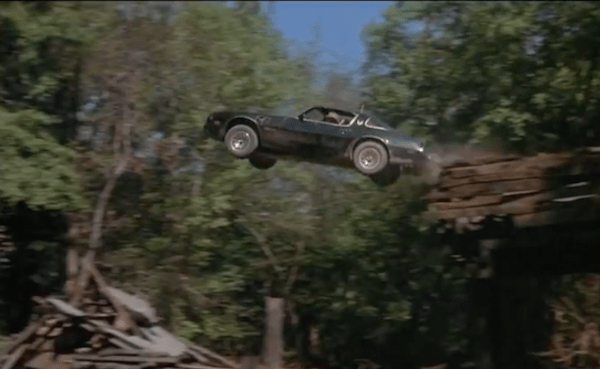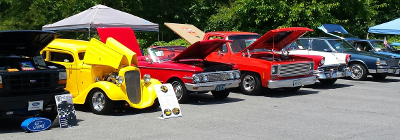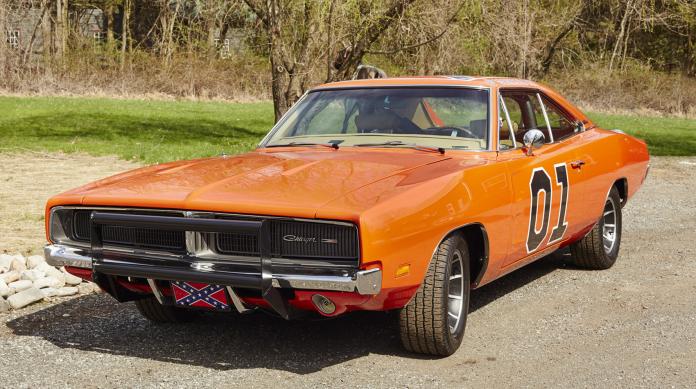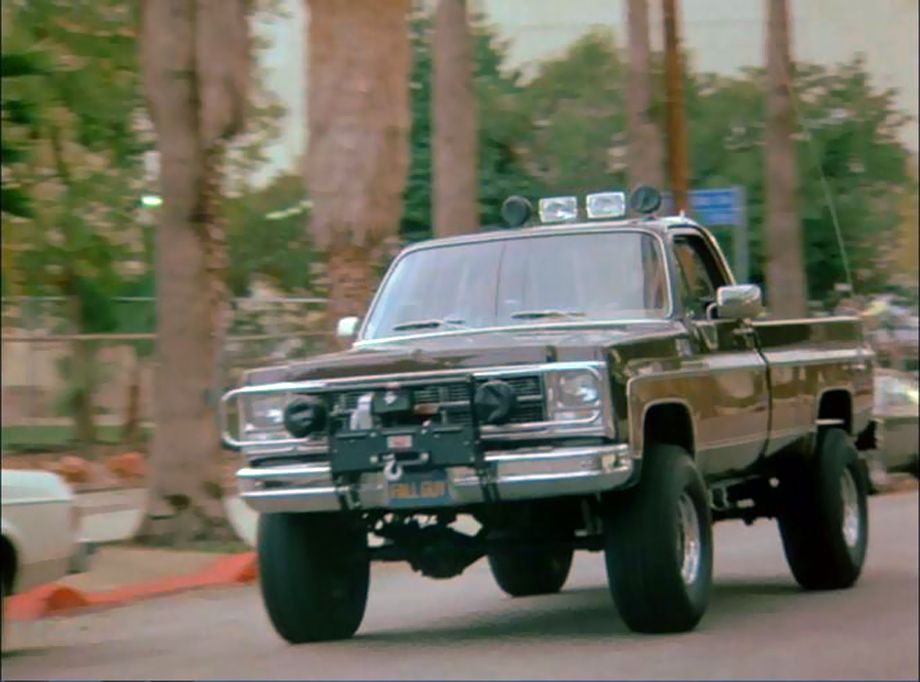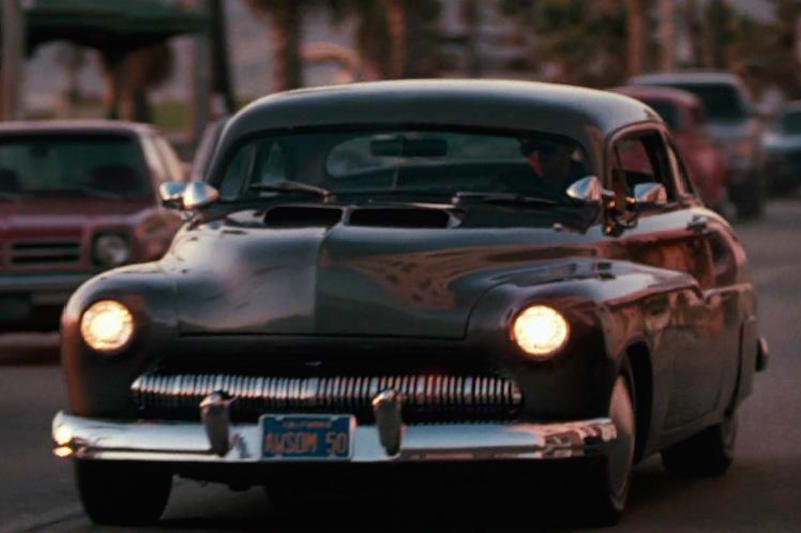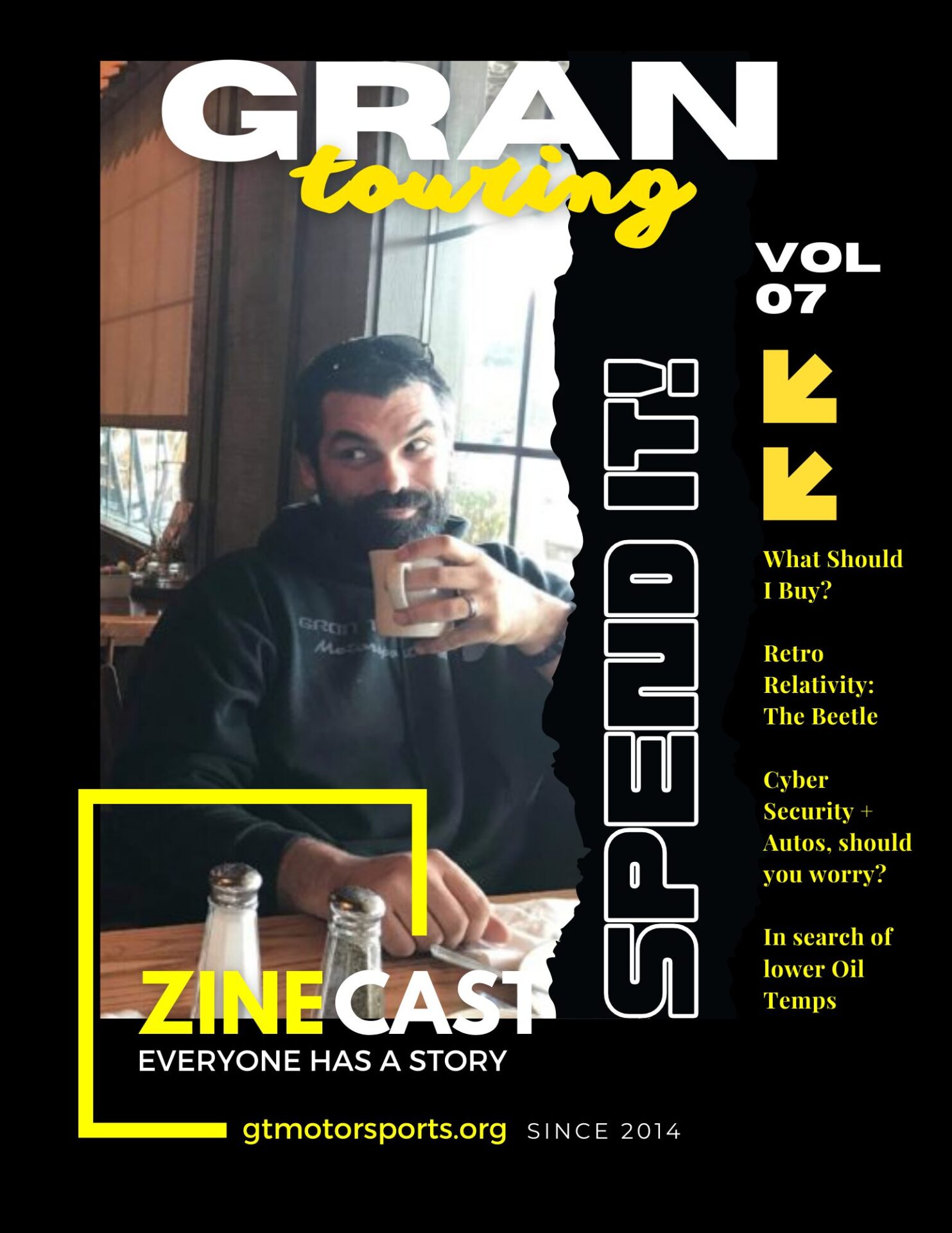As a gear head, I have been interested in cars since I was a child. Cars that are fast at the track, an old hot rod at the weekly cruise-in during the summer, or even that exotic on a poster hanging on the wall in my bedroom.
As I have gotten older I have been very fortunate to have been able to see many different makes and models throughout my military travels. Even though my tastes have matured and I’ll admit I have my biases, I can respect aspects of an opposing manufacturer’s offerings.
Having recently read member Mike C’s article on “Fictional Movies, Real Racecraft“ – it stirred up some opinions on film making. My appreciation for automobiles makes watching Hollywood “car movies” a chore. It is painful to see filmmakers sacrifice so many vehicles so regularly. Until movies like Transformers, The Avengers and even the Fast and the Furious Series we were fortunate as a minimal amount of vehicular carnage was seen in movies compared to TV.
The Dukes of Hazard is a perfect example of the excessive destruction of cars. During the shows run (1979-1985) an estimated 300 – yes, you read that right: 300 – Dodge Chargers were consumed and only about 17 “General Lee’s” remain. That is roughly a 95% sacrifice rate. Taking so many Chargers off the road undoubtedly increased their value drastically. You could make an argument that this was a form of vehicular poaching. Had the Charger never starred in the show there is a possibility that there would not be as much of a desire for the car. The Charger was used in movies like “Bullet” and others, but the draw was not the same as the Dukes. Shows like “The Fall Guy” starred the My #1 – the GM square body truck. Various years and trims+options were used over the course of the series, but the original “Fall Guy Truck” was a 1980 GMC K25.
The less refined square body connoisseur might not have realized the slight differences in the various trucks. And some heavy modifications for the show, like a mid-mounted engine are things the average owner of these trucks never saw at a dealership.

As a youngster it was awesome watching the carnage without an understanding of the impact of destruction on the automotive community. #ignoranceisbliss. The movie “Cobra” starring Sylvester Stallone was the first time I realized my feelings had changed with respect to sacrificing these cars.
As a pre-teen, I was “allowed to watch” the movie with some accompanying adults, and I remember by the end of the film they were chatting about “how much a shame it was to destroy the notorious 1950 Mercury Monterrey Coupe.” – and I tended to agree. I recall stepping away from the screen in awe of what I had seen and began to understand that even though it looked cool the filmmakers had destroyed a piece of irreplaceable craftsmanship – and more so now, than then, a piece of history.
Honestly, I can still appreciate a good crash scene but nowadays they are bitter-sweet. Hollywood continues to destroy vehicles to draw people in to the theaters, making money off of these sacrifices until they can use high-quality CGI or reuse previously shot footage. In my opinion it’s definitely a blow to automotive enthusiast community and I continue to cringe when I watch the list of vehicles that have been destroyed because of Hollywood continue to grow and grow.
In full disclosure, no vehicles were harmed in the creation of this article!


